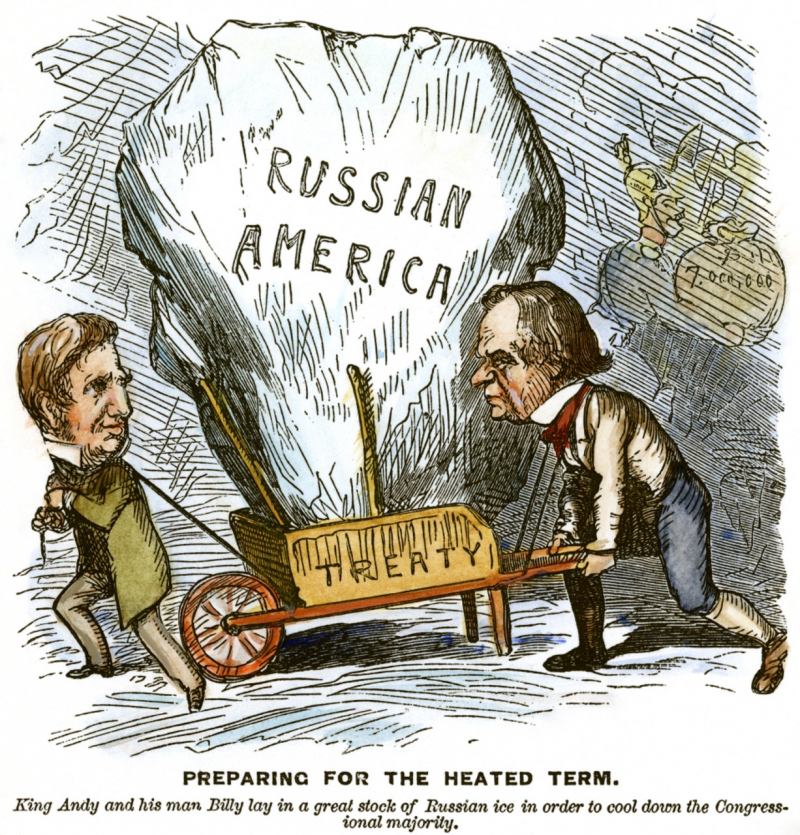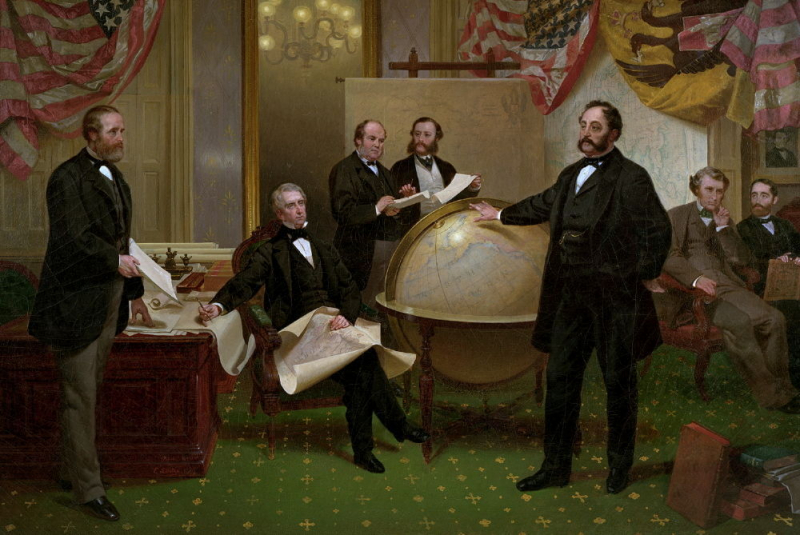Andrew Johnson Bought Alaska
Alaska had been a part of Russia's territorial claims for well over a century. During an expedition in 1741, the Russians were the ones who had first surveyed the 586,000 square mile regions. For many years, the fur trade was prosperous, but in the 1850s, a creeping fall in exports and growing worries that they might be overtaken by American or British armies prompted Russia to explore selling the region to the United States.
Due to the onset of the Civil War, negotiations between Russia and the U.S. regarding the sale of Alaska were put on hold. However, after the U.S.'s victory in the conflict, negotiations resumed. Baron Eduard de Stoeckl, Russia's minister in Washington, was given instructions to conduct a sale negotiation. De Stoeckl did this skilfully, persuading Seward to increase his offer from $5 million to $7 million (coincidentally, the lowest amount that Russia had advised de Stoeckl to accept); he then added $200,000 by bringing up a number of issues. Alaska had been acquired by Johnson's administration on March 30, 1867, for $7.2 million in gold. In today's dollars, this $7.2 million is comparable to $140 million.
Political analysts mockingly referred to the property as "Walrussia" and "Johnson's polar bear garden" in editorials since they didn't think it was worthwhile. Congress put off the deal until Johnson's failure to win the Democratic Party's presidential nomination in 1868.








